How often do you think about skin care expiration dates? If your answer was "never", join the club. It's not really something that crosses most people's minds, but it should. Both natural and conventional skin care products expire. Understanding how this process works helps ensure you get the most out of every product you use.
Why Worry About Skin Care Expiration?
So here's a fun fact for you: a study conducted on female college students found that 97.9% of participants use makeup after its expiration date. That's a lot of expired makeup. And it's not hard to imagine why. Whether it's expired makeup or skin care products past their prime, expiration dates are easy to overlook. Is that a problem? Well, yes. All beauty products have a shelf life. Conventional products tend to last longer. While that seems nice at first, the factor behind their longer lifespan is usually dangerous chemical preservatives like parabens.
Natural skin care products, on the other hand, use natural preservatives. For example, you might see "Tocopherol" on the back of your natural face scrub or eye cream. A natural form of vitamin E, Tocopherol comes from leafy vegetables and soy beans. It helps stabilize natural products without the dangers of chemical preservatives. Natural preservatives usually don't provide the same shelf life as parabens. However, the tradeoff is worth it for a better product.
Whether you're using a conventional or natural product, it's important to pay attention to expiration dates. Expired products may turn rancid or even become contaminated with bacteria. Using them may expose your skin to harmful contaminants. Even without contamination, expired products quickly lose their potency. This is especially problematic for sunscreen and other products you depend on to protect your skin.
Understanding Skin Care Product Labels
So how can you tell if a product is safe to use? Look to the label. Unfortunately, most skin care expiration dates aren't easy to find. Unlike food, most personal care products aren't required to carry a clear date. But that's okay - there's still enough information to know if a product is safe to use or not. Here's how:
Skin Care Expiration Dates
In the US, the FDA requires products that treat health issues to carry an expiration date. Think sunscreen, acne cleansers, or products to treat eczema. If you're wondering about these products, your job is relatively easy. Look at the bottom of the container the product came in (not its box). You should see a date stamped on the bottom. For example, if you see the date 06/19, it means that the product is good until June 2019.

Period After Opening
Can't find an expiration date? You have another option. Some products will print a "period after opening" date on their containers. Examine the container for a symbol that looks like an open jar. Either inside or next to the symbol you'll see a number and the letter M. The number represents how many months the product is good for after you open it. For example, if you see "12M," the product is good for 12 months.
No Expiration Info
Unable to find any skin care expiration info at all? That's not ideal, but you're not out of luck. Keep reading for a few tips on how to spot an expired product.
How to Spot a Product That's Gone Bad
Can't find expiration info for a product in your arsenal? No worries. Use these guidelines to help you decide when it's time to give it a toss:
- Has the product changed color from when you first bought it?
- Has the product separated?
- Do you notice any unusual odors?
- Does the product feel strange on your skin (for example, is it now grainy when it wasn't before)?
- Is the product liquid? If so, it's more likely to expire quickly.
- Is the product preservative-free? If so, it's likely to expire very quickly.
Depending on the product, you may be able to follow a few rules of thumb to decide whether or not it's still safe to use.
- Moisturizers: If stored correctly, you can generally count on a moisturizer to last for a year. As long as it still looks, feels, and smells the way it did when you first opened it, it should be safe to use.

- Sunscreen: Many of us are guilty of using sunscreen for years after we buy the bottle. On one hand, sunscreen does have a relatively long shelf life: about two years. On the other hand, if you're keeping your sunscreen around that long it probably means you're not using enough. It's also important to remember that storage plays a big role in how long a sunscreen will last. Heat exposure (like getting left out in the sun when you're at the beach) can cause it to start to break down and become less effective.
- Shampoo: Another product with a long shelf life! Liquid shampoos tend to last for a year or two, as long as they're not contaminated with mildew. Keep your shower clean and your shampoo bottle away from the spray. This is great news for those of us who limit the number of times we wash our hair: it means there's no reason not to save money on oversized bottles.
- Cosmetics: Shelf life varies based on the type of cosmetic you're working with. Liquid foundations tend to last a year after opening. Powder-based cosmetics (like blush or eye shadow) can last several years, provided you reduce the risk of contamination by keeping your brushes clean. With proper care, lipstick and balm can last a year. Mascara rounds out the pack with the shortest lifespan. Replace yours six months after opening or risk introducing bacteria to your eyes.
How to Get the Most Out of Your Natural Skin Care Products
Even the longest lasting products can find their lives cut short with improper care. I like to use these best practices to ensure I get the most out of what I use:

-
Smart Storage: If you want to avoid bacteria growth, you need to avoid moisture, heat, and light. Keep your makeup and skin care products in a cool, dry place out of the sun. No need to get fancy: a cabinet or drawer will do nicely.
- Think Clean: Keeping your products clean starts with clean hands. Wash your hands before touching your products. It's also smart to sanitize any of the products you use on a regular basis. For example, sanitize your konjac sponges in boiling water once a week.
- Track Your Use: Keep track of when you open a new product. If that sounds like too much work, try it out on products you think you'll need a while to use up. An easy way to do this is to write the date on a piece of masking tape that you've stuck to the container.
- Toss Liberally: When in doubt, toss it out. If you've had a product long enough that you're not sure if it's still good, chances are you've had it too long. This goes double if you notice any signs of breakdown.
Do You Pay Attention to Skin Care Expiration Dates?
When was the last time you checked the expiration dates on your favorite products? How do you decide when a product is no longer safe to use? Let me know in the comments below!
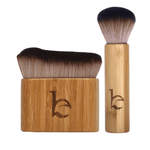







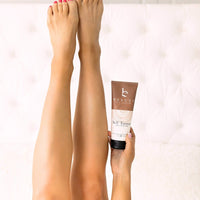








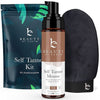

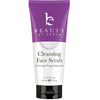


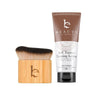









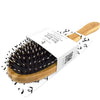
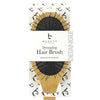
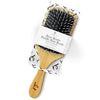

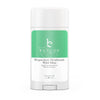



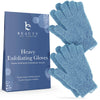
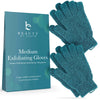
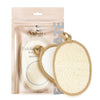
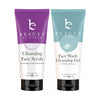










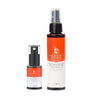




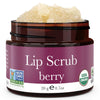
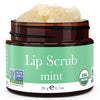
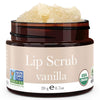





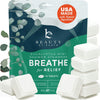
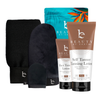
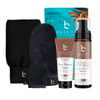













join the conversation